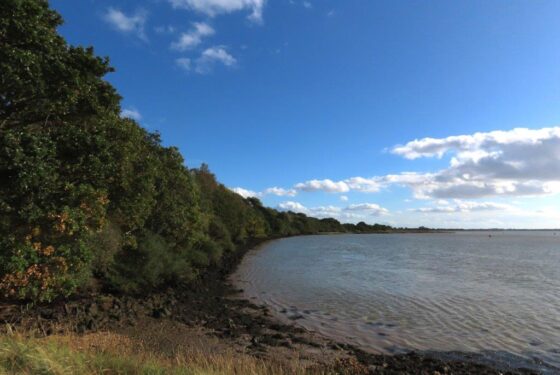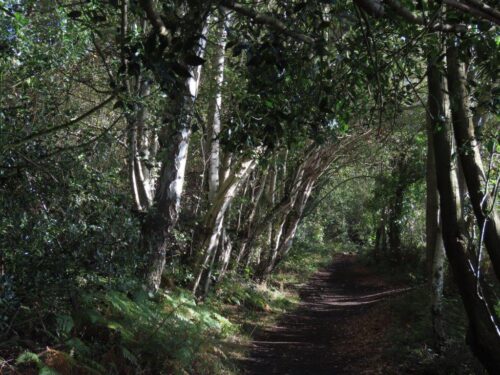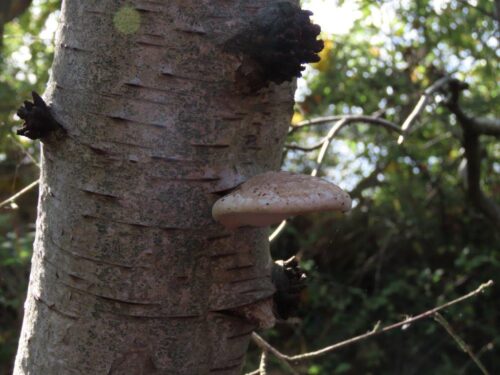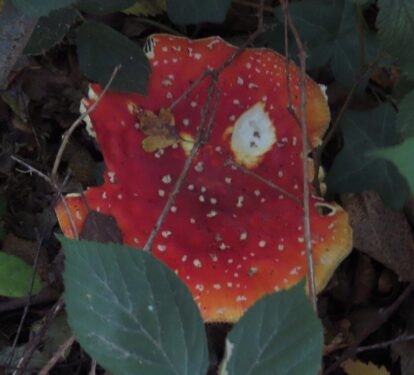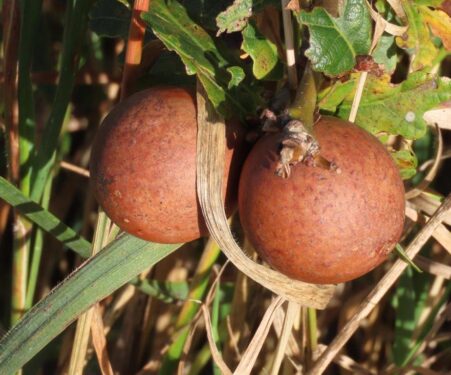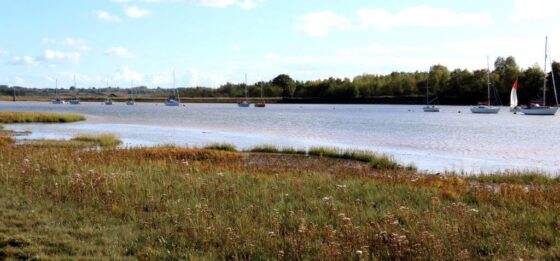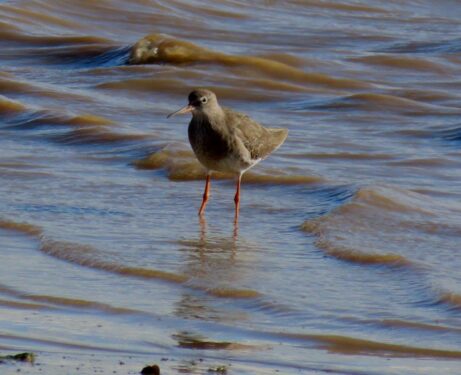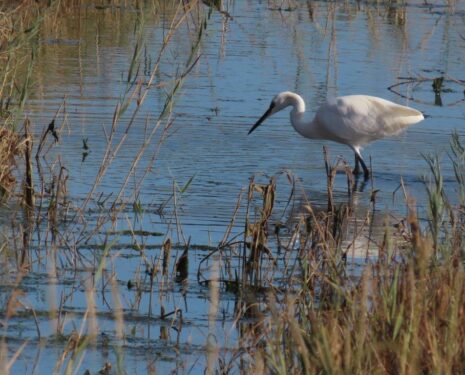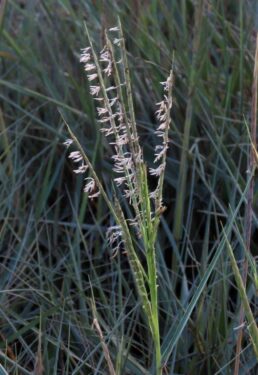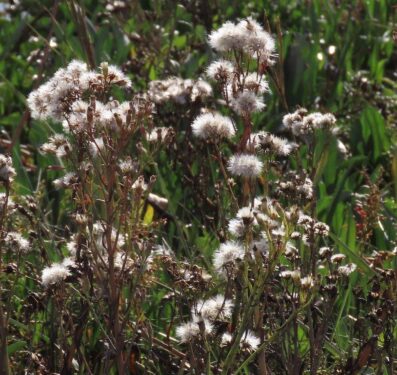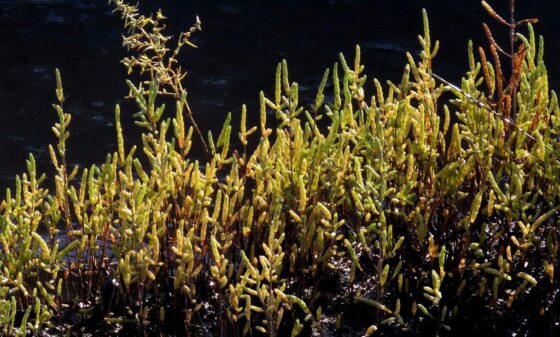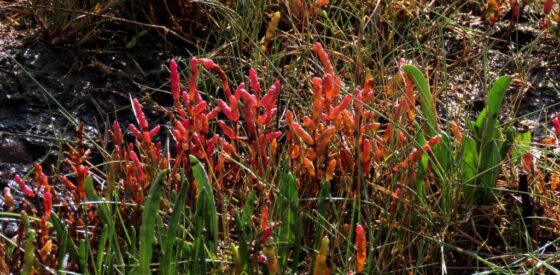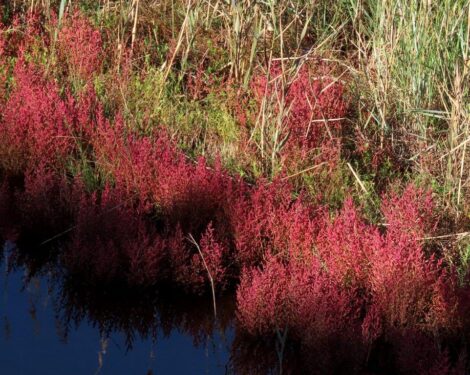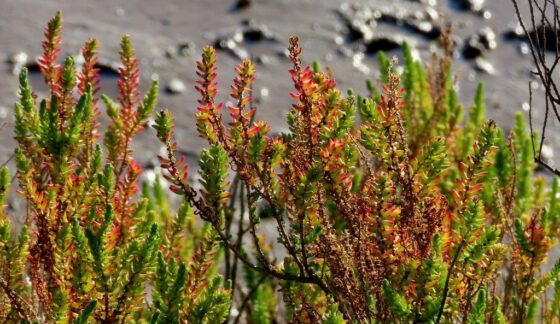The sun was shining brightly, the skies were blue. But the season had noticeably changed. A spiky northerly wind dropped the temperature by maybe 8 degrees Centigrade in just a couple of days , and we were straight into the depths of autumn. It felt like autumn, and it smelt like autumn especially in Grange wood, the humusy moistness laced with a distinct fungal musk. While all we could see were Birch Bracket, Fly Agaric and Penny Bun, nature’s recycling army is now advancing steadily.
And galls are now more in evidence than at any other time of year:
Down at the estuary, at was the highest of tides, the water barely moving during our two hours, so waders were few and far between, save for a scattering of Redshanks and Black-tailed Godwits, with a sixty-strong knot of Avocets hunkered down on the Fingringhoe mudflats. Looking inland, a few Meadow Pipits dashed around the grazing marsh as the ever-reliable Little Egrets stalked the borrowdyke and ditches.
There were still a few flowers, from Strawberry Clover on the sea wall to Cord-grass wantonly hanging its naughty bits to the wind…
… while the clocks of Sea Aster lit up with every ray of an ever-lowering sun.
But on the saltmarshes, the signals of the season are more in the form of colour changes, from greens to a kaleidoscope of yellows, russets and purples. The different species of Marsh Samphire each show their own characteristic autumn tint…
…while the sole species of Annual Sea-blite turns to every colour on the rainbow spectrum.
And even Shrubby Seablite, for so much of the year a stolid, matt-green presence on the sea walls, is touched with shining salmon highlights:
The fires of autumn are stealing across our landscape, and with early frosts in the forecast, those flames will surely be fanned. The next few weeks are full of promise, so enjoy them while you can! Thanks to all who joined us; our next couple of walks are detailed here.
